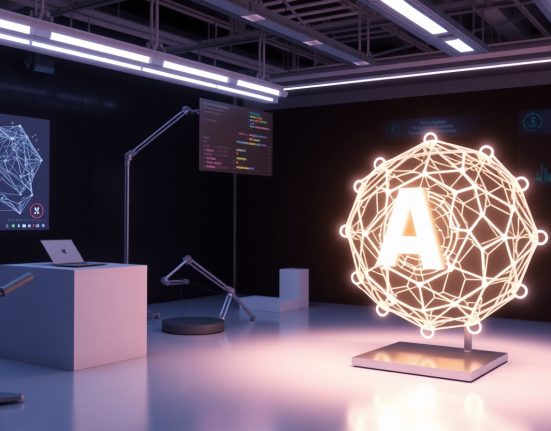Just a few years ago, anyone who dreamed of training their own language model had to think in terms of massive budgets, server farms, and mountains of data. It felt like a closed world, reserved for tech giants only. But something has changed. Quietly and gradually, small models are popping up everywhere, and just as importantly, new tools are making it possible for regular people with a decent computer and a lot of curiosity to start training their own models. It is still a challenge, it still takes time and effort, but suddenly it does not sound impossible. Suddenly there are communities, tutorials, and most importantly, results.
The magic of small models lies exactly in that word. Small. It means they use less memory, run faster, and can be tailored for specific tasks or audiences. Instead of running a massive model with billions of parameters just to generate one response in a chatbot, you can train a small model that understands your writing style, your favorite words, your world of content. And this is no longer just theory. With libraries like Hugging Face Transformers, and tools like LoRA and QLoRA that reduce the burden of training and make it more approachable, and with powerful consumer GPUs like the RTX 3090 or even 4070 Super, you can dive into this world and come out with something that truly feels like your own.
Those who get into it quickly realize it is not just about having a strong GPU. It is a journey. You need to collect data, prepare it in the right format, learn how tokenization works, understand the difference between regular training and fine tuning, balance runtime with results, and figure out where to draw the line. But every step gives you a sense of control. You are not just using the technology, you are understanding it. You are shaping it. You are building on it.
Of course, there are limits. Small models cannot yet match the performance of GPT-4 or Claude 3. They forget things faster, make silly mistakes here and there, and do not always get complex context right. But for many tasks, they are more than enough. Especially for personal projects, small assistants, content creation, or internal tools that do not need to cover the entire universe. And sometimes, that simplicity is exactly what makes the difference. A model that you fully understand, that behaves in ways you can predict and modify.
So is it doable right now? Yes, under the right conditions. Not everyone will get great results on day one, but if you keep learning, experimenting, and collaborating, you will find that this field is more open than ever. If you enjoy learning as you go, are not afraid to fail, and understand that not everything has to be perfect, this will be a fascinating ride.
Small models are not meant to replace the big ones. They are here to offer freedom. Freedom to those who want to explore, build, and play with ideas. In my view, this is the most exciting direction in AI today. It is not just about what AI can do. It is about what we can create with it, on our own.














